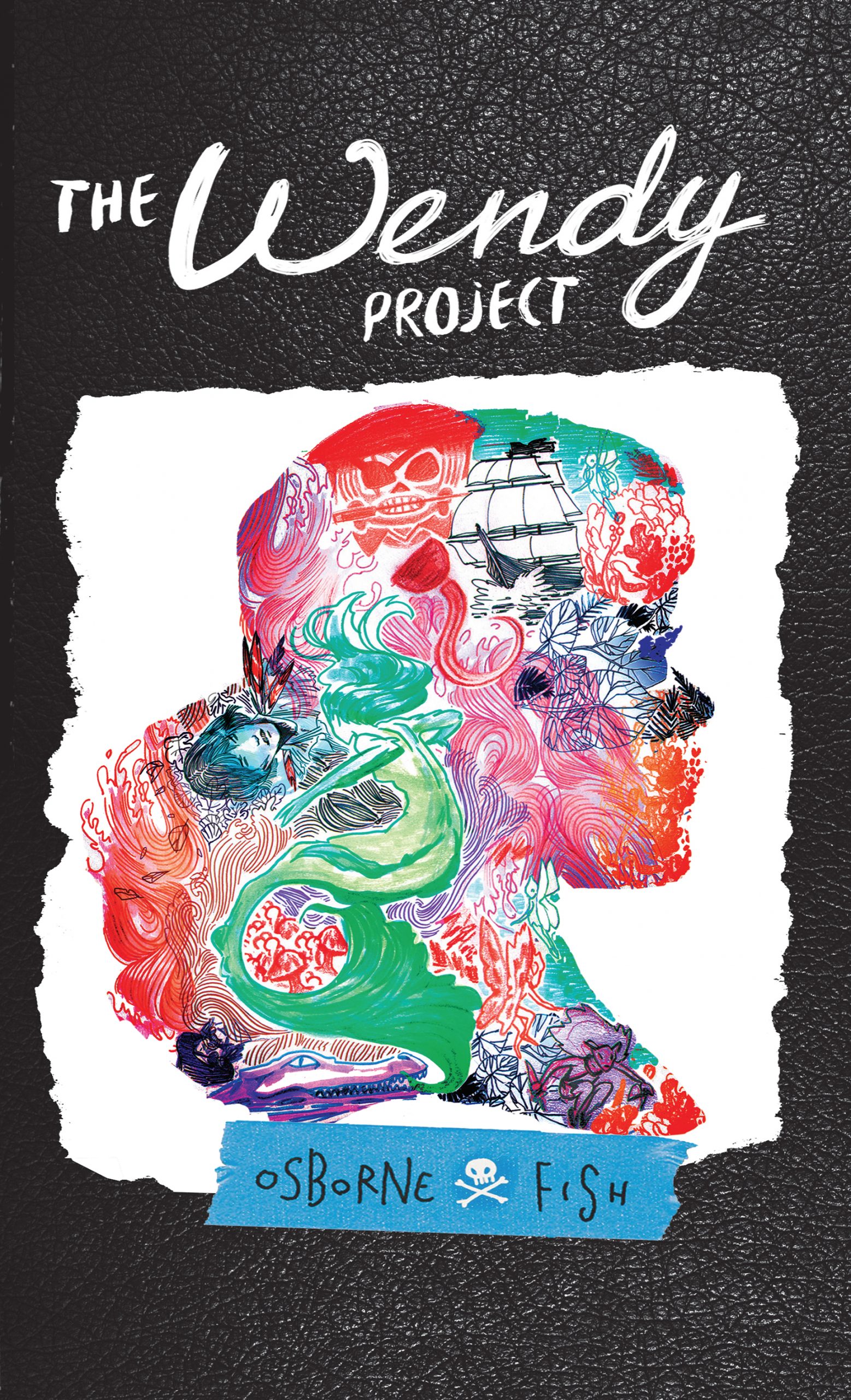 The cast of Peter Pan is almost all boys, and with the focus on pirates, Indians, and adventure, many might consider this a story “for boys”. When you really think about it though, the “self-insert” character for this story isn’t Peter Pan, isn’t John or Michael, and it certainly isn’t any of the denizens of Neverland- it’s Wendy. Wendy is anxious about growing up, even though some parts seem appealing (like kisses and being a mother). Wendy is visited by a literal Magic Pixie Dream Boy who wants to take her away because her stories are amazing and she is so awesome. Her brothers are along for the ride, the lost boys immediately adopt her as a big sister/pretend mom, even the pirates love her, and literally everyone who doesn’t like her is another girl who has a relationship with Peter and is jealous of her. Not to make Wendy out to be a Mary Sue, or a prepubescent female analog for the brooding man-child that needs to learn “how to live”. She is, however, the only character to go through an actual development arc. She learns to be okay with leaving her childhood behind because she sees the tragedy of a boy who can’t grow up. Despite all the trappings of boyhood, the story of Peter Pan is really the coming of age story of a girl.
The cast of Peter Pan is almost all boys, and with the focus on pirates, Indians, and adventure, many might consider this a story “for boys”. When you really think about it though, the “self-insert” character for this story isn’t Peter Pan, isn’t John or Michael, and it certainly isn’t any of the denizens of Neverland- it’s Wendy. Wendy is anxious about growing up, even though some parts seem appealing (like kisses and being a mother). Wendy is visited by a literal Magic Pixie Dream Boy who wants to take her away because her stories are amazing and she is so awesome. Her brothers are along for the ride, the lost boys immediately adopt her as a big sister/pretend mom, even the pirates love her, and literally everyone who doesn’t like her is another girl who has a relationship with Peter and is jealous of her. Not to make Wendy out to be a Mary Sue, or a prepubescent female analog for the brooding man-child that needs to learn “how to live”. She is, however, the only character to go through an actual development arc. She learns to be okay with leaving her childhood behind because she sees the tragedy of a boy who can’t grow up. Despite all the trappings of boyhood, the story of Peter Pan is really the coming of age story of a girl.
 That’s what makes The Wendy Project so amazing; it takes a new perspective not on Peter Pan, the character who has been subject to so many incarnations, but on Wendy, who has never strayed far from an imaginative yet practical girl whose greatest strength is how much she cares about other people. The modern day Wendy of Melissa Jane Osborne’s story spends the majority of the tale stuck outside Neverland, attempting to convince everyone that her youngest brother Michael was spirited away by a flying boy and that everyone needs to stop sending her to therapy and start figuring out how to get him back. Osborne never makes it clear whether Wendy’s story is a delusion or a fantastic reality, she does treat Wendy with respect. It’s very easy to turn teenagers into overly dramatic caricatures or directionless balls of emotion, and neurodivergent teenagers are nearly always pitiful creatures depicted as though they’re in need of saving. In The Wendy Project, even if you interpret most of Wendy’s story as a mental break of some kind as she attempts to process a tragedy, Wendy is never someone to be ridiculed.
That’s what makes The Wendy Project so amazing; it takes a new perspective not on Peter Pan, the character who has been subject to so many incarnations, but on Wendy, who has never strayed far from an imaginative yet practical girl whose greatest strength is how much she cares about other people. The modern day Wendy of Melissa Jane Osborne’s story spends the majority of the tale stuck outside Neverland, attempting to convince everyone that her youngest brother Michael was spirited away by a flying boy and that everyone needs to stop sending her to therapy and start figuring out how to get him back. Osborne never makes it clear whether Wendy’s story is a delusion or a fantastic reality, she does treat Wendy with respect. It’s very easy to turn teenagers into overly dramatic caricatures or directionless balls of emotion, and neurodivergent teenagers are nearly always pitiful creatures depicted as though they’re in need of saving. In The Wendy Project, even if you interpret most of Wendy’s story as a mental break of some kind as she attempts to process a tragedy, Wendy is never someone to be ridiculed.
Veronica Fish’s illustrations bring Wendy’s thoughts to life; it’s all framed as being a journal Wendy is drawing and writing and drawing in at the behest of her therapist. Fish’s use of color to differentiate between Wendy’s state of mind is quite brilliant- it has a visceral effect on the story’s emotional impact. Fish’s excellent ability to portray even the minutiae of facial expressions also brings the reader further into Wendy’s headspace as we marvel at the beauty of the things she sees, and feel the frustration, regret, and loneliness she tries to process by telling her story.
The Wendy Project is a wonderful graphic novel, a wonderful adaptation of J. M. Barrie’s classic, and is available now.



